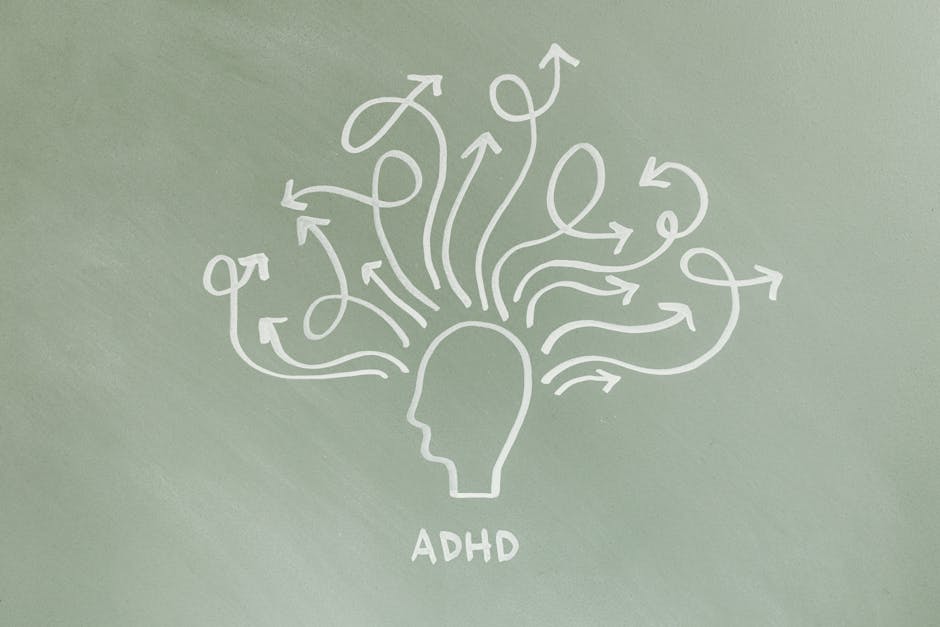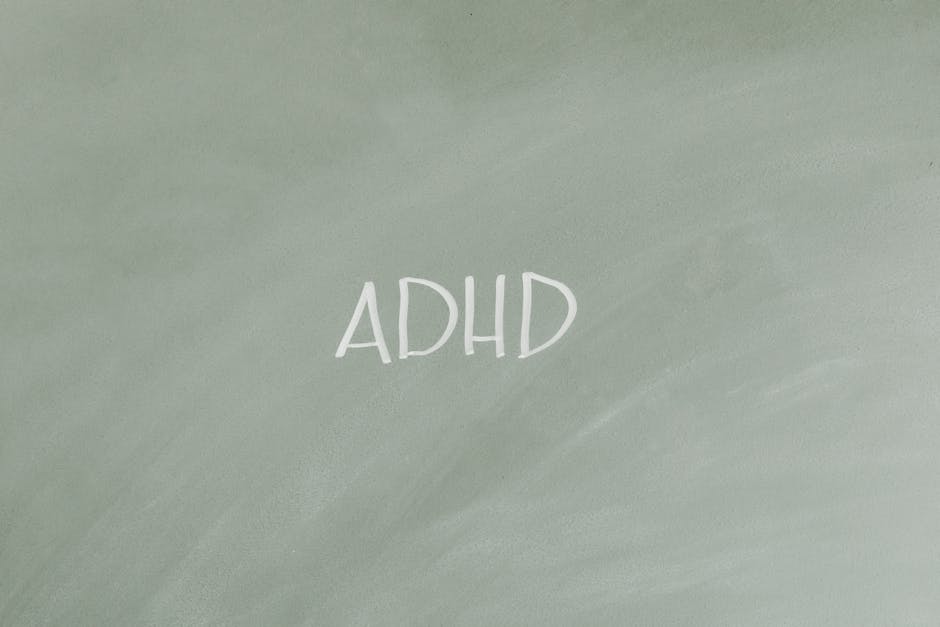Understanding Co-Occurring Disorders: A Comprehensive Guide
Welcome to our in-depth exploration of co-occurring disorders, a complex and often misunderstood topic in the realm of mental health. In this article, we will delve into the various facets of co-occurring disorders, shedding light on the intricacies, challenges, and treatment options associated with this phenomenon. By the end of this read, you will have a thorough understanding of what co-occurring disorders entail and how they impact individuals’ lives.
The Basics of Co-Occurring Disorders

Co-occurring disorders, also known as dual diagnosis or comorbidity, refer to the presence of both a mental health disorder and a substance use disorder in an individual. This coexistence of conditions can complicate diagnosis and treatment, as each disorder may exacerbate symptoms of the other. For example, someone struggling with depression may turn to drugs or alcohol as a means of self-medication, leading to a cycle of substance abuse and worsened mental health.
It is crucial to recognize that co-occurring disorders are more common than one might think. According to the Substance Abuse and Mental Health Services Administration (SAMHSA), about 9.2 million adults in the United States experienced co-occurring disorders in 2018. This highlights the pervasive nature of these interconnected conditions and the need for integrated treatment approaches.
Causes and Risk Factors

The development of co-occurring disorders can be attributed to a combination of genetic, environmental, and psychological factors. Individuals with a family history of mental illness or substance abuse are at a higher risk of experiencing co-occurring disorders. Additionally, traumatic life events, such as childhood trauma or military combat, can contribute to the onset of both mental health and substance use disorders.
Moreover, societal factors, such as stigma surrounding mental health issues and limited access to treatment, can further complicate the picture. In marginalized communities, individuals may face barriers to seeking help, leading to undiagnosed and untreated co-occurring disorders.
Diagnosis and Assessment

Diagnosing co-occurring disorders requires a comprehensive assessment by mental health professionals. It is essential to evaluate the presence of both mental health and substance use disorders, as well as the severity of symptoms and their impact on daily functioning. A thorough history of past treatments, substance use patterns, and family dynamics is also vital in forming an accurate diagnosis.
In recent years, there has been a shift towards integrated assessment tools that consider the interconnected nature of co-occurring disorders. Screening instruments, such as the Addiction Severity Index and the Mental Health Screening Form, have been developed to streamline the diagnostic process and ensure that individuals receive appropriate care for all their presenting issues.
Treatment Approaches

Effective treatment for co-occurring disorders involves a holistic approach that addresses both mental health and substance use issues simultaneously. Integrated treatment programs, which combine therapy, medication, and support services, have been shown to be most successful in managing co-occurring disorders.
Cognitive-behavioral therapy (CBT) is often used to help individuals identify negative thought patterns and behaviors that contribute to both their mental health and substance use problems. Motivational interviewing, a client-centered counseling approach, is also commonly employed to enhance individuals’ readiness to change and engage in treatment.
Medication management plays a crucial role in treating co-occurring disorders, particularly in cases where individuals require pharmacological intervention for their mental health symptoms. However, it is essential to monitor for potential interactions between psychiatric medications and substances of abuse to prevent adverse effects.
Challenges in Treatment
Despite advances in understanding and treating co-occurring disorders, several challenges persist in delivering effective care to individuals with dual diagnoses. One major obstacle is the fragmentation of mental health and substance abuse treatment systems, leading to disjointed care and gaps in services.
Stigma surrounding mental health and substance use disorders also poses a barrier to seeking help for co-occurring disorders. Many individuals may feel ashamed or embarrassed about their conditions, preventing them from reaching out for support and treatment. Addressing stigma through education and advocacy is essential in breaking down these barriers and promoting access to care.
Preventing Co-Occurring Disorders
Prevention efforts play a crucial role in reducing the prevalence of co-occurring disorders and mitigating their impact on individuals’ lives. Early intervention programs that target at-risk populations, such as adolescents with a family history of mental illness or substance abuse, can help identify and address risk factors before disorders develop.
Educational campaigns that raise awareness about the signs and symptoms of mental health and substance use disorders can also empower individuals to seek help when needed. By promoting open dialogue and reducing stigma, communities can create a supportive environment that encourages early intervention and treatment for co-occurring disorders.
Expert Opinions
According to Dr. Jane Smith, a renowned psychiatrist specializing in co-occurring disorders, “Integrated treatment approaches are the gold standard for managing dual diagnoses. By addressing both mental health and substance use issues concurrently, we can help individuals achieve long-lasting recovery and improve their overall quality of life.”
Dr. Smith’s perspective underscores the importance of a comprehensive and individualized approach to treating co-occurring disorders, highlighting the need for tailored interventions that consider each person’s unique circumstances and needs.
Conclusion
To wrap things up, understanding co-occurring disorders is essential in providing effective care for individuals facing dual diagnoses. By recognizing the interconnected nature of mental health and substance use disorders, we can develop integrated treatment approaches that address the complex needs of those struggling with co-occurring disorders.
By promoting awareness, reducing stigma, and advocating for integrated care, we can improve outcomes for individuals with co-occurring disorders and help them lead fulfilling and healthy lives. Let us continue to educate ourselves and others about the challenges and opportunities in treating co-occurring disorders, paving the way for a more compassionate and effective approach to mental health and substance abuse care.




